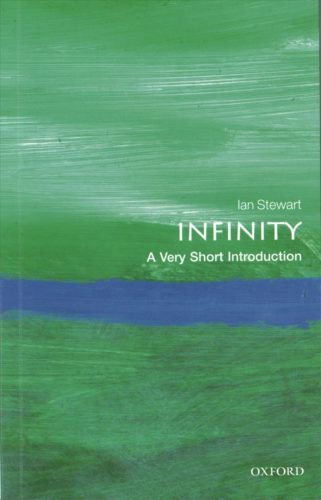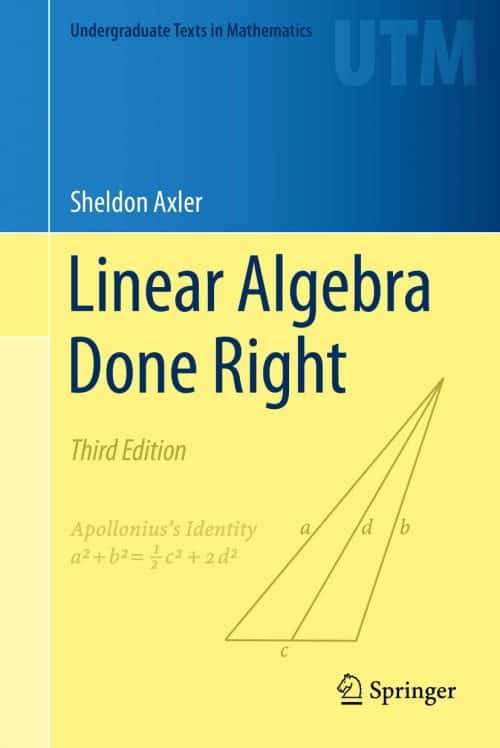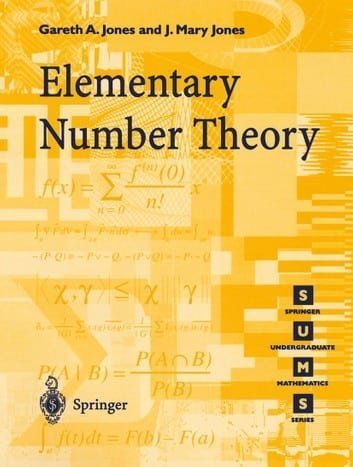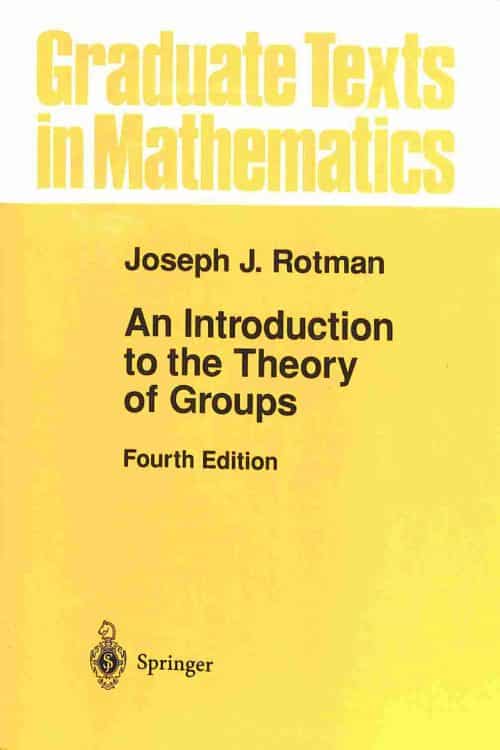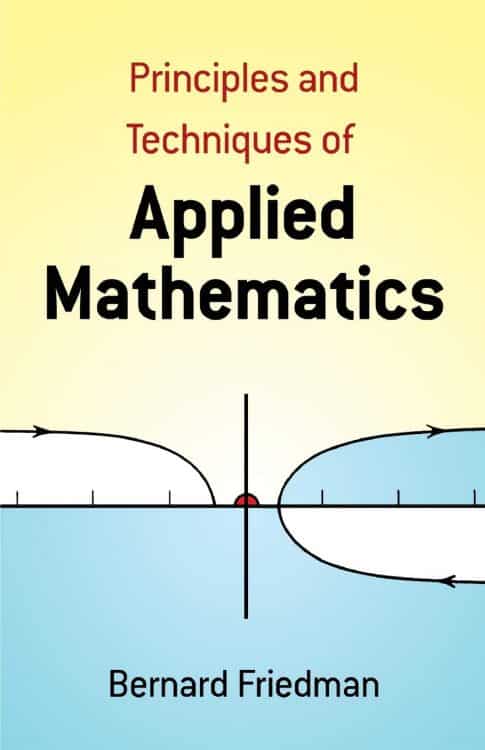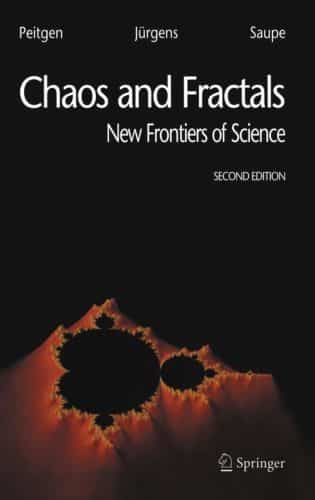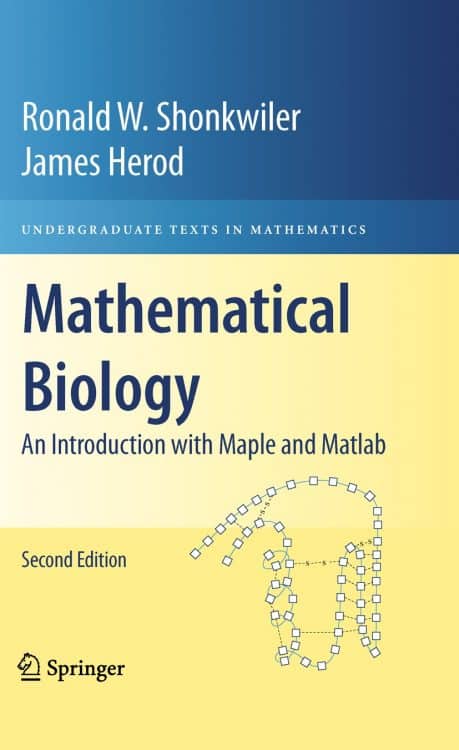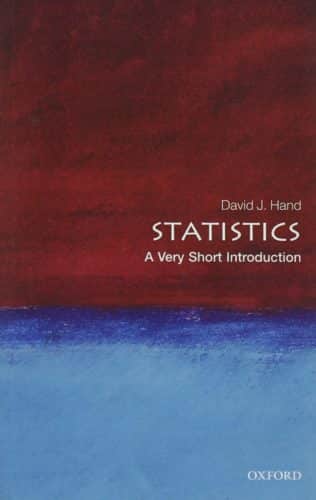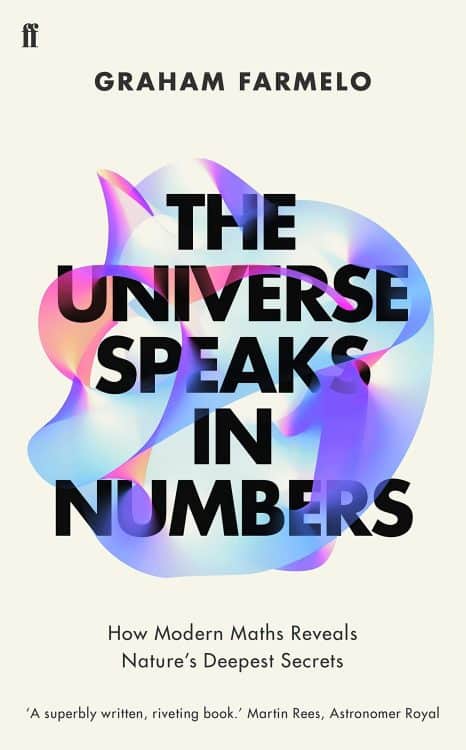The second edition of “Proofs and Fundamentals: A First Course in Abstract Mathematics” is intended to serve as a “transition” course for undergraduates, introducing them to the creation of rigorous mathematical proofs as well as concepts like sets functions, relations, and cardinality. The book links more theoretical, proof-focused courses like linear algebra, abstract algebra, real analysis, and computational courses like calculus. The three parts of this work—Proofs, Fundamentals, and Extras—are well balanced. Part 1 introduces logic and essential proving methods; Part 2 covers foundational material in-depth, including sets, functions, and relations; and Part 3 covers a wide range of additional topics, including groups, combinatorics, and sequences. High standards in research and writing are never compromised in favor of a pleasant, welcoming approach that emphasizes inspiration and casual conversation. The second edition now includes 1) At the conclusion of the chapter on sets, a new part has been included about the basics of set theory. The Zermelo-Frankel Axioms for set theory are discussed in this section in a fairly casual manner. Although we won’t utilize these axioms in the work that follows, it is still important for all mathematicians to be aware that set theory has an axiomatic foundation. This new section also has an updated treatment of Zorn’s Lemma, referenced later in the text, and an enlarged discussion of the axiom of choice. 2) The cardinality of sets chapter has been increased and reorganized. A brand-new section at the beginning of the chapter lists the different characteristics of the set of natural numbers; these characteristics later on in the chapter play significant roles. Because they are more concrete than the content in the other sections of the chapter and because concepts from the induction and recursion sections are used in the other sections, the sections on induction and recursion have been slightly expanded and moved to an earlier position in the chapter (following the new section). The section on the cardinality of sets, which was previously the first section of the chapter, is the next. This section gained proofs for the Schroeder-Bernstein theorem and the Trichotomy Law for Sets but lost the majority of the information about finite and countable sets, which has since been moved to a new section specifically devoted to those two types of sets. The part on the cardinality of the number systems comes at the end of the chapter. 3) The Peano Postulates’ chapter on how to construct natural numbers, integers, and rational numbers was completely eliminated. Originally, that information was included to give the background on number systems necessary for the discussion of the cardinality of sets, but given the level and scope of this article, it was never entirely appropriate. The chapter is now self-contained and easier to understand, thanks to a new section at the beginning that summarizes the background information on the natural numbers required for the cardinality of sets. 4) The section on families of sets has undergone a major revision, with the emphasis now being on families of sets generally, rather than just those that are considered to be indexed. 5) The chapter on chosen topics now includes a brand-new section on the convergence of sequences. The chapter now has a little more variety than it had before when it only covered a few issues that were either algebraic or combinatorial in character. This new section, which addresses a problem from real analysis, does this. 6) The final chapter now includes a new section titled “You Are the Professor.” This new section allows the reader to strengthen her writing proof-writing skills by assessing these submissions as if she were the course instructor. It contains a number of attempted proofs derived from genuine homework tasks submitted by students. 7) All errors that were known have been fixed. 8) The text has undergone numerous small phrasing changes in an effort to improve the presentation.
